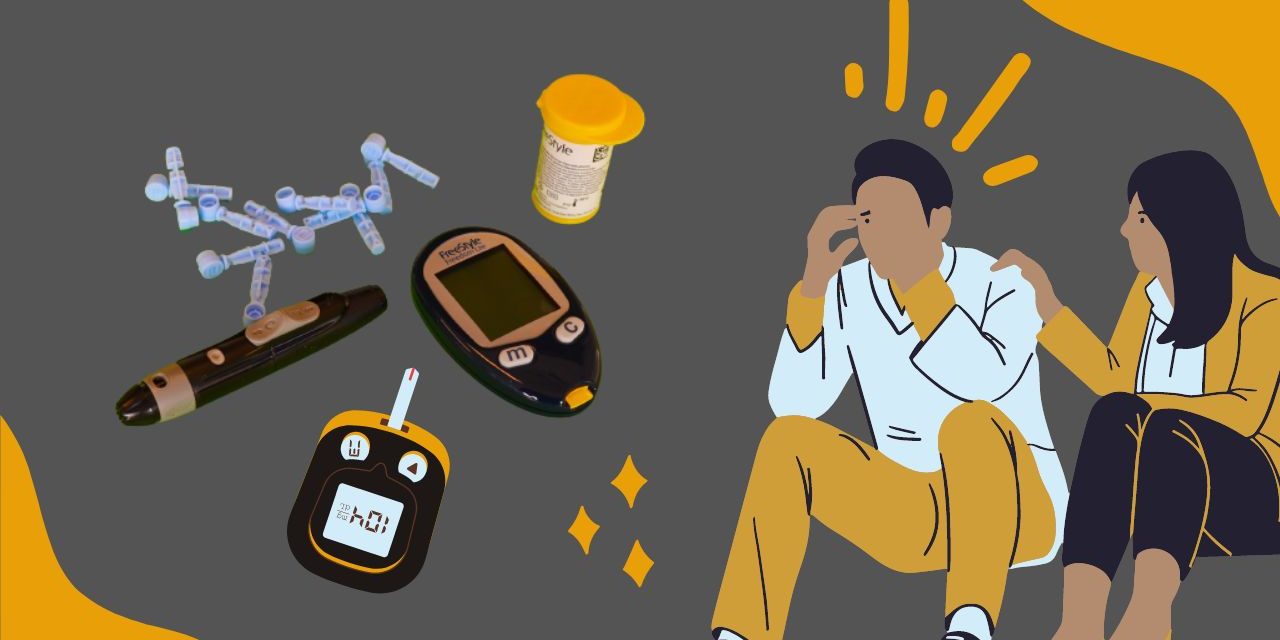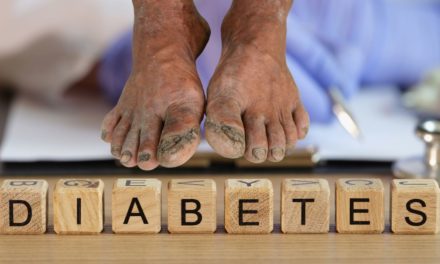In the context of type 2 diabetes symptoms, the term “silent signs” refers to subtle symptoms or signs that may not be immediately noticeable or are easily overlooked. Type 2 diabetes is a chronic condition that affects the body’s ability to regulate blood sugar levels. It often develops slowly over time, and symptoms may not appear in the early stages. However, there are several silent indicators that can serve as warning signs for type 2 diabetes. Let’s see them in detail:
1. Increased thirst and frequent urination:
One of the early symptoms of type 2 diabetes is increased thirst (polydipsia) and an increased need to urinate (polyuria). When blood sugar levels are high, the kidneys work harder to filter and absorb the excess sugar. This leads to more frequent urination, which can cause dehydration and in turn increase thirst.
2. Fatigue and increased fatigue:
People with undiagnosed or poorly managed type 2 diabetes often experience chronic fatigue and lack of energy. High blood sugar levels can make it difficult for the body to efficiently convert glucose into energy. As a result, individuals may feel constantly tired and fatigued even after adequate rest.
3. Unexplained weight loss or weight gain:
Sudden weight loss or weight gain for no apparent reason can be a silent sign of type 2 diabetes. Weight loss may occur despite increased appetite because the body is unable to properly use glucose for energy. On the other hand, some individuals may experience weight gain due to insulin resistance, which can promote fat storage.
4. Increased appetite and cravings:
Although weight loss may occur, some people with type 2 diabetes may experience increased appetite (polyphagia) and cravings. This can happen because the body is not using glucose from food efficiently, leading to a constant feeling of hunger.
5. Slow wound healing and frequent infections:
High blood sugar levels can affect the body’s ability to heal wounds and fight infection. People with type 2 diabetes may notice that a cut, bruise, or injury takes longer than usual to heal. They may also experience frequent infections, especially in the skin, gums or urinary tract.
6. Fading:
Elevated blood sugar levels can cause changes in the lens of the eye, causing blurred vision. This can happen quickly and fluctuate throughout the day. Fainting is usually temporary and improves with proper blood sugar control.
7. Numbness or Tingling in Limbs:
Over time, uncontrolled type 2 diabetes can cause nerve damage, a condition known as diabetic neuropathy. This can manifest as numbness, tingling, or pins and needles sensations in the hands, feet, legs, or other limbs.
It is important to note that these silent signs are not specific to type 2 diabetes and can be caused by various other factors. However, if you experience any of these symptoms consistently, it is advisable to consult a healthcare professional for a proper diagnosis and evaluation. Early detection and management of type 2 diabetes is critical to preventing complications and maintaining overall health.










